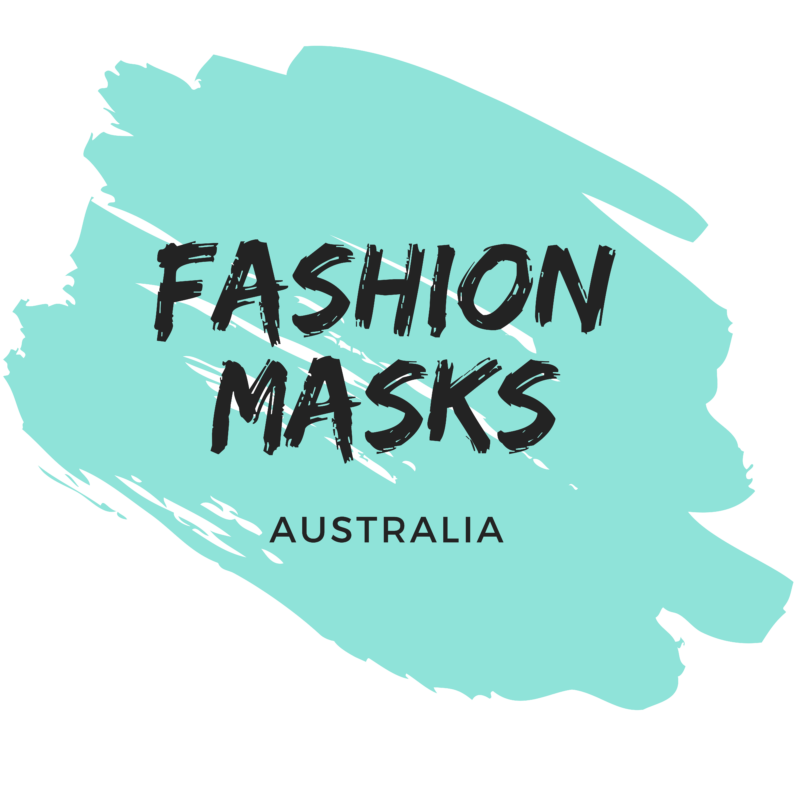Face Masks
The Evolution of Face Masks: From History to Modern Times
Amidst ongoing public health challenges, the face mask has evolved beyond its origins to emerge as a pivotal element of both safety measures and individual fashion statements. From ancient civilizations concocting face coverings out of natural fibres to the current surge in eco-friendly and high-tech masks, the history of these protective accessories is rich and varied. Venturing through time, we’ll explore the cultural, social, and public health contexts that shaped the face masks we know today.
The Early Days of Protection
Pre-History Insights
Even in the earliest human societies, the need for protection against environmental and health hazards drove the development of face coverings. Prehistoric artefacts suggest that natural instincts led individuals to cover their faces with hides, leaves, and animal skins to envelop a shield against the elements and illnesses.
Egyptian and Roman Contributions
It is believed that the Ancient Egyptians were the innovators of early organic materials used for facial coverings. Historical records show that they used linen fabrics and even adorned some masks with intricate designs for ceremonial and health purposes. Following in their footsteps, Roman civilization integrated the use of leather face masks during gladiatorial combats, which served as a protective armour against slashes and thrusts of opponents’ weapons.
Medieval Innovations and Symbolism
The Plague Masks
The devastating waves of plague in the Middle Ages birthed the iconic plague doctor masks. These eerie, long-beaked masks were part of a protective ensemble worn by medical practitioners, and they are recognized worldwide as a symbol of the pandemic. Considering mediaeval medical knowledge, these masks were both functional, with the beak often filled with scented materials to ward off miasma, and ornamental, with their macabre aesthetic.
Silk and Lace in Eastern Asia
Simultaneously in Eastern Asia, the finer aspects of mask design grew in countries like China and Japan. Here, silk and lace were crafted into masks that, while possessing practical filtration functions, also demonstrated the cultural and societal emphasis on artisanship. Masks became harmonious with ceremonial dress and played an important role in theatrical and celebratory events.

The Industrial Revolution and Modern Health Practices
Sanitary Movement and Early Pandemics
The influx of people in urban areas during the Industrial Revolution brought about health crises that spurred the sanitary movement and the adoption of face masks on a larger scale. Early pandemics such as the Spanish Flu of 1918 further emphasised the importance of face masks in public health. Their usage was encouraged by governments and public health officials, leading to a blend of surgical-style and often hand-made cloth face coverings.
Development of Modern Surgical Masks
The mid-20th century saw the refinement of the surgical mask, with layers of fine, synthetic materials that offered better filtration. Innovations in this era laid the foundation for the common medical-grade masks worn by professionals today, an integral part of hygiene in clinical settings and beyond.
From Necessity to Novelty: Modern Face Masks in a Global Context
Fashion and Function Merge
In the 21st century, especially with the onset of the COVID-19 pandemic, face masks have evolved into a symbol that combines necessity with fashion. Designers and makers around the world have swiftly adapted, creating masks that express the wearer’s individuality, support charitable causes, or even integrate technology for enhanced comfort and protection.
Cultural Significance and Stigmas
Masks today also hold cultural and social significance. They can reflect tradition and belonging, yet the current climate has also given rise to stigmas and misconceptions. Understanding these aspects is crucial to appreciating the diversity of opinions and practices regarding mask-wearing across different societies and communities.

The Future of Face Masks
Wearable Technology Integration
Moving forward, the integration of more advanced functions into face masks seems almost inevitable. Research and development are pointing towards ‘smart’ masks that can monitor health metrics, filter air pollutants, and even translate speech. This trend underscores the increasing overlap between health technology and personal protective wearables.
Sustainability and Recycling Initiatives
Amidst the emphasis on technological advancements, there’s also a growing movement towards sustainability. Many individuals and organisations are pursuing environmentally-friendly alternatives, recycling programs, and materials that can be easily washed and reused, reducing the environmental footprint of disposable masks.
Conclusion: A Final Look at the Unfolding Tapestry of Masks
The winding history of face masks is a testament to humankind’s resilience and capacity to adapt. From the scented beaks of the plague doctors to the sleek, high-performance masks of today, each iteration has been designed with the underlying aim of protecting and preserving life. Understanding the historical and contemporary contexts surrounding this simple yet vital accessory is not just a matter of academic curiosity – it is the key to recognizing its significance in shaping our world and preparing us for the challenges that lie ahead. Whether as a tool of personal health or as a canvas for personal expression, the face mask continues to weave its intricate thread into the fabric of human experience.

